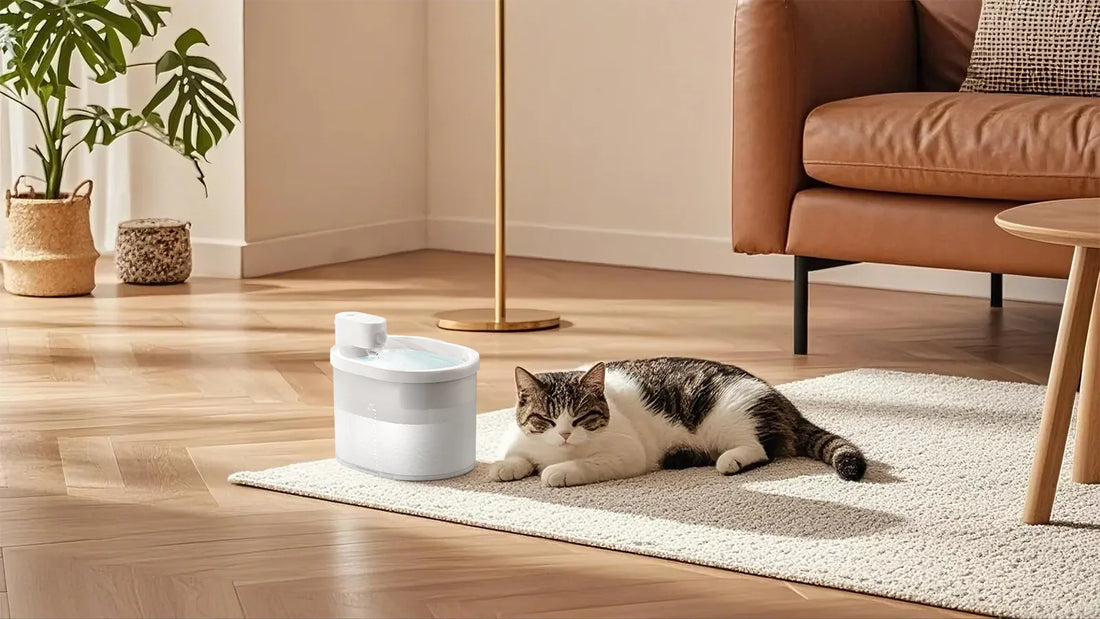Is your cat turning its nose up at toys and ignoring your attempts to engage it in play? You're not alone. Many cat owners face the puzzling situation where their feline companion seems uninterested in playtime. While it can be frustrating, understanding the reasons behind this behavior is the first step toward finding a solution. This article delves into the possible causes and offers actionable tips to help your cat rediscover its playful side.
Why Doesn't My Cat Like to Play?
Cats are naturally curious and playful creatures, but there are several reasons why your cat might not be interested in playtime. Let's explore some of the most common factors:
1. Age and Energy Levels
Kittens and young cats are typically more energetic and playful than older cats. As cats age, their energy levels may decrease, leading to less interest in play. If your cat is older, it might simply prefer quieter activities.
2. Health Issues
Underlying health problems can significantly impact a cat's desire to play. Conditions such as arthritis, dental pain, or obesity can make movement uncomfortable or difficult. If you notice a sudden change in your cat's behavior, it's essential to consult a veterinarian to rule out any medical issues.
3. Stress or Anxiety
Cats are sensitive animals, and changes in their environment or routine can cause stress or anxiety. Moving to a new home, the introduction of a new pet, or even loud noises can make your cat feel uneasy and less inclined to play.
4. Boredom with Toys
Just like humans, cats can get bored with the same toys over time. If your cat has been playing with the same toys for months, it might have lost interest. Rotating toys and introducing new ones can help reignite their curiosity.
5. Personality and Preferences
Every cat is unique, and some simply have a more laid-back personality. Your cat might prefer other activities, such as lounging in a sunny spot or observing its surroundings, rather than engaging in active play.
How to Encourage Your Cat to Play
If your cat doesn't like to play, there are several strategies you can try to stimulate its interest. Here are some practical tips:
1. Experiment with Different Types of Toys
Cats have different preferences when it comes to toys. Some enjoy chasing feather wands, while others prefer interactive toys that mimic prey. Try a variety of toys to see what captures your cat's attention.
2. Incorporate Play into Daily Routine
Make playtime a regular part of your cat's day. Short, frequent sessions are often more effective than long, infrequent ones. Aim for 10-15 minutes of play, two to three times a day.
3. Use Food as Motivation
Many cats are motivated by food. Consider using puzzle feeders or treat-dispensing toys to combine play with a rewarding snack. This can make playtime more enticing for your cat.
4. Create a Stimulating Environment
Enrich your cat's environment with climbing structures, scratching posts, and window perches. A stimulating environment can encourage natural behaviors and make your cat more inclined to play.
5. Play at the Right Time
Cats are most active during dawn and dusk, so try scheduling playtime during these periods. This aligns with their natural hunting instincts and increases the likelihood of engagement.
6. Be Patient and Persistent
It may take time for your cat to warm up to the idea of play, especially if it hasn't been active for a while. Be patient and persistent, and avoid forcing your cat to play if it seems uninterested.
When to Seek Professional Help
If you've tried various strategies and your cat still doesn't like to play, it might be time to seek professional help. A veterinarian or a feline behaviorist can provide personalized advice and identify any underlying issues that might be affecting your cat's behavior.
1. Consult a Veterinarian
A thorough health check can rule out any medical conditions that might be causing your cat's disinterest in play. Your vet can also recommend dietary changes or supplements to improve your cat's energy levels.
2. Work with a Feline Behaviorist
A feline behaviorist can assess your cat's environment and behavior to identify potential stressors or triggers. They can also suggest tailored strategies to encourage play and improve your cat's overall well-being.
Final Thoughts
Understanding why your cat doesn't like to play is key to addressing the issue. Whether it's due to age, health, or personality, there are steps you can take to make playtime more appealing. By experimenting with different toys, creating a stimulating environment, and being patient, you can help your cat rediscover the joy of play. Remember, every cat is unique, and finding the right approach may take time. With persistence and love, you can turn playtime into a rewarding experience for both you and your feline friend.

![[🎃Halloween Sale]UAHPET Stainless Steel Self-Cleaning Cat Litter Box](http://www.uahpet.com/cdn/shop/files/1-cat-litter-box.jpg?v=1761890851&width=1600)












